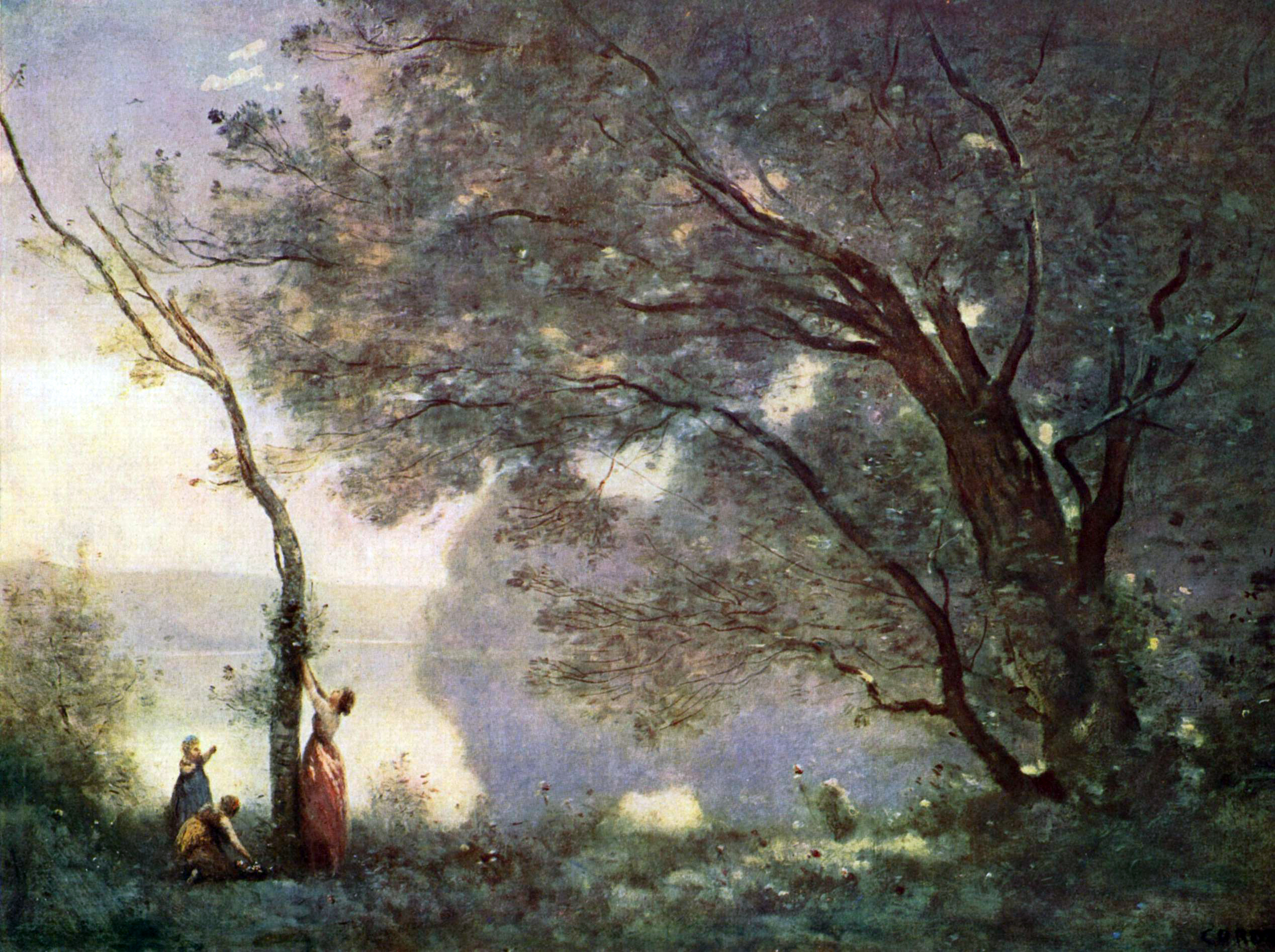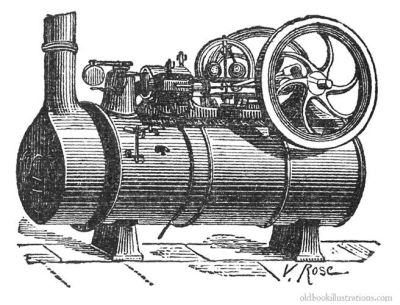Lecture Summary:
Stream engines (not the one on your computer), Typefaces, and art movements. During the period of 1750-1850 typography took a big turn in it’s uses. With the invention of new printing methods such as the cast-iron press, steam press, and wooden type press, advertisement and printing was being used more than ever.
The discovery of the steam machine that “jump-started” the Industrial revolution was a big contribution towards the evolution of typeface also, as many of the type machines powered by the steam engine were able to mass-produce multiple sheets at a time.
The invention of new fonts such as fat face were also making a huge impact on advertisement, as the block-esque thickness was used to attract people’s attention.
Learning about type-fonts and their creations is always a pleasant topic to talk about, as we take these things for granted in our everyday lives. I’m very intrigued as to how the steam machines at the time worked, as well as how the printing press at the time operated too!
I think I’m more of a mechanical-nerd ha ha ha….. Anyways for today’s research topic I will be covering the art movement “Realism”, that occurred a little after the 1850’s.
Realism? Isn’t that just a way you draw?
Contrary to popular belief; no, Realism is indeed a actual art movement. Don’t worry, I’m just as shocked as you are my fellow reader, but let me explain the history of Realism and the precursors that led to Realism.
The Roots of Realism
Realism, also known as Naturalism, began in France around the 1850’s after Realists rejected the exaggerated notions of Romanticism.

Liberty Leading the People (La Liberté Guidant Le Peuple) was a Romanticism painting done by Eugène Delacroix. Take note of the “hero” near the middle of the painting, as this was a presentation of the idea of “heroism”, a popular idea presented in Romanticism.
France around the 1850’s had a acquired taste of emotionally dramatic compositions that glorified the past and nature. Artists at the time would express individualism, their imaginations and intuition, and would emphasize emotions and sense to show the insight of understanding and experiencing the world.
However, Realists rejected Romanticism and brought upon the hard reality of what was going on after the effects of the Industrial revolution. With the introduction of photography invented by Joseph Niépce, the Realism movement started to grow.
What Aspects Does Realism Follow?
The Realism movement focused on all social classes and their ordinary lives, a contrast to previous art movements as the subject of focus would be divine/religious subjects or rich aristocrats.
Realistic works often consisted of depicting all individuals in a similar manner, and ideas such as Romanticism and Idealism were all avoided. The main focus was to reject imagination and idealization, and to present the reality that was before the artist; opposing past art movements idealism’s, while only painting a true and accurate depiction of the subject before them.
The portrayal of citizens in their daily lives, their problems, customs at the time, their emotions and constitution, Realism would seek to present all of these ideas in the truest sense possible.
Artists from the Realism Movement
The Realism movement was brought upon by many artists. However we will be mainly focusing on Gustave Courbet and Honore Daumier, two influential artists near the start of the Realism movement.
Gustave Courbet
A important French artist during the start of the Realism movement, Gustave Courbet would carve a dent in people’s eyes as he would paint subjects that contrasted the societal norm at the time.
It was around 1846 where Gustave toured around Belgium and Netherlands and discovered the value of daily life, influencing his works and bringing about his realistic approach to painting.
Self-Portrait
Le Désespéré by Gustave Courbet | 1843 | Self-Portrait | 45 cm x 54 cm | Oil on Canvas | Private Collection

Bonjour Monsieur Courbet (Hello Mr. Courbet) by Gustave Courbet | 1854 | Oil on Canvas | 132 cm x 150.5 cm | Fabre Museum
As we can see in the two paintings above, there is no hints of exaggeration in the compositions, and there is no glorified figure in the piece. Gustave stays true to what is depicted and follows the figures of Naturalism: Depiction of ordinary citizens and their daily lives.
Jean Baptiste Camille Corot
Jean Baptiste (Jean Baptiste Camille Corot), another Naturalism painter focused on landscapes instead of portraits unlike Gustave Courbet. It was only until Jean Baptiste turned 26, when his father allowed Jean to pursue art as his profession.
Receiving teaching for a short time, Jean Baptiste learned from Achille-Etna Michallon; a well-respected teacher around the same age as Jean Baptiste himself. It was also Michallon that influenced Jean Baptiste and his works in “Finding beauty in landscapes”.

The Bridge of Narni by Jean Baptiste Camille Carot | 1826 | Oil on Paper mounted on Canvas | 34 cm x 48 cm | Musée du Louvre, Paris

Souvenir de Mortefontaine by Jean Baptiste Camille Corot | 1864 | Oil on Canvas | 65.5 cm x 89 cm | Louvre Museum
Comparing Jean Baptiste’s landscape paintings to paintings of other art movements, we can see that Jean Baptiste has stayed true to reality, and there seems to be little to no hints of surrealistic influence.
Conclusion/Summary
Realism, a art movement that started around the 1850’s was a response to the denial of Romanticism in France. With the motif of depicting modern life among all classes, painters like Jean Baptiste Camille Corot and Gustave Courbet capture the emotion and essence of reality in their paintings.
Citations:
https://www.britannica.com/art/realism-art
https://en.wikipedia.org/wiki/Realism_(art_movement)
https://www.theartstory.org/movement-romanticism.htm
https://en.wikipedia.org/wiki/Romanticism
https://www.theartstory.org/movement-realism.htm
http://www.gustave-courbet.com/
http://www.jean-baptiste-camille-corot.org/biography.html

Leave a Reply